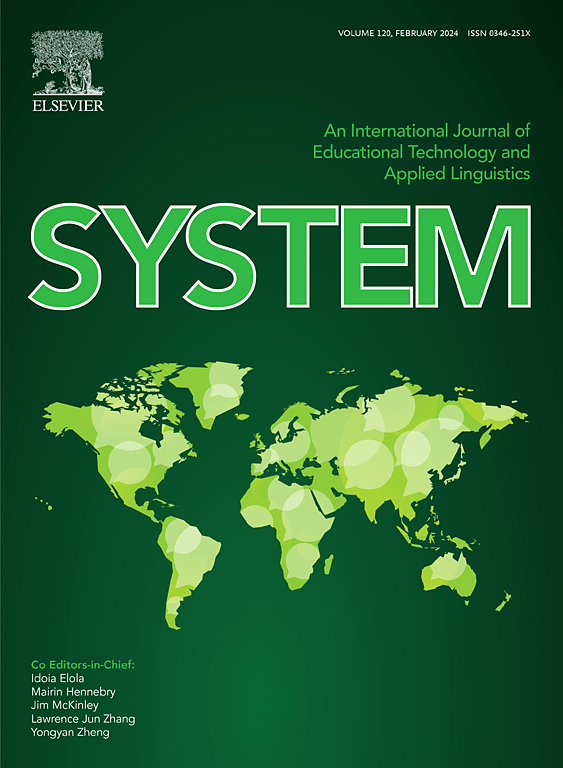HIF1A通过o - glcn酰化介导的猪颗粒细胞VEZF1/ET-1/FOXO1/BAX信号通路调控卵泡闭锁
IF 6.5
1区 农林科学
Q1 Agricultural and Biological Sciences
引用次数: 0
摘要
低氧刺激通过调节颗粒细胞(GC)凋亡诱导滤泡闭锁。值得注意的是,成熟卵泡在缺氧条件下仍然可以发育和排卵,这突出了低氧适应在卵巢卵泡选择中的重要性。迄今为止,低氧诱导因子1亚单位α (HIF1A)介导的低氧反应在卵泡闭锁中的作用和机制尚不清楚。本研究旨在探讨HIF1A是否以及如何通过调节O-linked n -乙酰氨基葡萄糖(O-GlcNAc)蛋白修饰(o - glcnac酰化)来调节滤泡闭锁。我们的研究结果表明,HIF1A在猪卵巢中高度表达。与健康卵泡相比,其在闭锁卵泡中的表达明显下调。在缺氧条件下,药物抑制或sirna介导的HIF1A敲低增加了猪GC细胞凋亡。机制上,HIF1A敲低抑制O-GlcNAc转移酶降解,导致全球O-GlcNAc酰化增加。使用4D无标记定量蛋白质组学,我们鉴定了53个O-GlcNAcylated蛋白。重要的是,o - glcn酰化稳定了血管内皮锌指1 (VEZF1), HIF1A敲低通过促进o - glcn酰化上调VEZF1蛋白水平。HIF1A-VEZF1轴通过调节内皮素-1调节forkhead box O1 (FOXO1)的表达。FOXO1作为一种转录因子,直接结合Bcl-2相关X (BAX)启动子,激活其转录,最终诱导猪GC细胞凋亡和卵泡闭锁。总之,我们的研究阐明了HIF1A缺陷通过o - glcn酰化介导的VEZF1表达调节滤泡闭锁的一种新的分子机制。这些结果不仅阐明了低氧条件下卵巢卵泡发育的分子机制,也为提高猪的卵泡选择效率提供了潜在的靶点。本文章由计算机程序翻译,如有差异,请以英文原文为准。
HIF1A regulates follicular atresia through O-GlcNAcylation-mediated VEZF1/ET-1/FOXO1/BAX signaling in porcine granulosa cells
Hypoxic stimuli induce follicular atresia by regulating granulosa cell (GC) apoptosis. Notably, mature follicles can still develop and ovulate under hypoxic conditions, highlighting the importance of the hypoxic adaptation in ovarian follicular selection. To date, the role and mechanism of hypoxia‐inducible factor 1 subunit alpha (HIF1A)-mediated hypoxic responses in follicular atresia are unclear. This study aimed to investigate whether and how HIF1A regulates follicular atresia via the modulation of O-linked N-acetylglucosamine (O-GlcNAc) protein modification (O-GlcNAcylation). Our findings revealed that HIF1A was highly expressed in pig ovaries. Compared with that in healthy follicles, its expression was significantly downregulated in atretic follicles. Under hypoxic conditions, pharmacological inhibition or siRNA-mediated knockdown of HIF1A increased porcine GC apoptosis. Mechanistically, HIF1A knockdown Suppressed O-GlcNAc transferase degradation, leading to increased global O-GlcNAcylation. Using 4D label-free quantitative proteomics, we identified 53 O-GlcNAcylated proteins. Importantly, O-GlcNAcylation stabilized vascular endothelial zinc finger 1 (VEZF1), and HIF1A knockdown upregulated VEZF1 protein levels by promoting O-GlcNAcylation. The HIF1A-VEZF1 axis modulates forkhead box O1 (FOXO1) expression by regulating endothelin-1. As a transcription factor, FOXO1 directly binds to the Bcl-2 associated X (BAX) promoter, activating its transcription and ultimately inducing porcine GC apoptosis and follicular atresia. Overall, our study elucidates a novel molecular mechanism by which HIF1A deficiency modulates follicular atresia through O-GlcNAcylation-mediated VEZF1 expression. These results not only clarify the molecular mechanism of ovarian follicular development under hypoxic conditions but also offer potential targets for improving follicular selection efficiency in pig breeding.
求助全文
通过发布文献求助,成功后即可免费获取论文全文。
去求助
来源期刊

Journal of Animal Science and Biotechnology
AGRICULTURE, DAIRY & ANIMAL SCIENCE-
CiteScore
9.90
自引率
2.90%
发文量
822
审稿时长
17 weeks
期刊介绍:
Journal of Animal Science and Biotechnology is an open access, peer-reviewed journal that encompasses all aspects of animal science and biotechnology. That includes domestic animal production, animal genetics and breeding, animal reproduction and physiology, animal nutrition and biochemistry, feed processing technology and bioevaluation, animal biotechnology, and meat science.
 求助内容:
求助内容: 应助结果提醒方式:
应助结果提醒方式:


